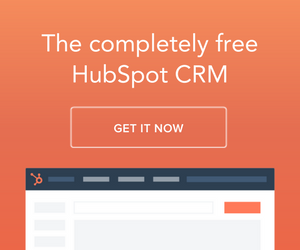 Prospective customers can’t buy from you when they don’t even know you exist. Increasing brand awareness expands your reach, makes marketing campaigns more effective, and helps you grow your small business.
Prospective customers can’t buy from you when they don’t even know you exist. Increasing brand awareness expands your reach, makes marketing campaigns more effective, and helps you grow your small business.
What’s the best way to increase brand awareness for a small business? Here are 10 smart strategies and tactics.
- Intuitive brand and clear message. From your logo, to your content, prospective customers need to be able to quickly understand what you do and associate your brand with your products and services. If people are confused and/or don’t understand what you do, look for ways to refine the way you’re packaging your business such as adding the right tagline that complements your logo and name.
- Consistent promotion. People won’t know your small business exists unless you put yourself out there. Find ways to consistently get your brand and your business in front of prospective customers so you are top of mind when they’re ready to make a purchasing decision. Even when things get super busy, you can’t go dark for weeks or months on end. Every little bit counts.
- Earned and paid media. With the continued popularity of social media and decline of traditional news outlets, small business owners often overlook earned and paid media—two avenues that can be highly effective at increasing brand awareness. Don’t just limit you’re your scope to newspapers—pitch your small business to relevant blogs, industry publications, and influencers that will help you reach your target audience.
- Programs and events. For many small businesses, there’s still no substitute for those face-to-face interactions that happen when you throw an event. You get to interact with current and prospective customers in ways that just aren’t possible from your website or on social media. Programs and events also give you a chance to scale your promotional efforts more than trying to reach customers one at a time. Speaking of current and prospective customers, don’t get so focused on reaching new customers that you forget to invite the people who have already bought from you in the past. Current customers need love too.
- Strategic partnerships. Identify small businesses that offer complementary products or services and look for ways to combine your audiences to grow your reach. Ideas are almost limitless. You can partner with local restaurants, breweries, wineries, or other businesses. For example, if you sell home audio products you could partner with a landscaping supplier and host an event about outdoor theaters.
- Community involvement. One of the things that differentiates small businesses from big box retailers and national franchises are their connections to the community. Get involved with your local Chamber of Commerce, participate on panels, give presentations, or volunteer. Not only are you giving back, but you’re also building brand awareness.
- Word of mouth/Referral programs. Empower happy customers to shout about your small business from the rooftops and even consider rewarding them for their efforts. At the very least, encourage customers to tell their friends and thank them when they do. If you want to go one step further, create a formal referral program.
- Blogging. Create interesting, relevant, and shareable content that you think people are likely to share with others. Blog content can not only help generate more traffic to your website, but it also gives you something to share via social media—which also can drive people back to your website. Focus more on quality than quantity. If your content doesn’t add value or get people excited enough to share with others, you’re wasting your time.
- Social media. Why isn’t social media higher on the list? True it promises the most potential when it comes to reaching your targeted audience. However it can also be a black hole—sucking all of your time and resources away without any obvious way to measure your effectiveness. The key is to not only focus on growing your audience, but also looking for ways to convert those followers into active supporters/buyers.
- Email marketing. Growing your email list is only the beginning. Increasing brand awareness requires activating those subscribers to 1) actually open your email 2) click on your links and 3) forward/share with others. Think strategically about what content is going to add the most value for your readers and make them more likely to share and then test different content to see what drives new traffic back to your website. Looking for more ideas, here are some helpful tips on how to grow your email list at events.
Brand awareness doesn’t happen by accident. To get your business noticed, you need to consistently get in front of your target audience. Whether it’s through events, social media, email marketing, or a mix of the tips above, you’ve got to make it immediately clear what your business does and why people should think of you when they need your product or service. Prospective customers have an infinite number of choices—increasing brand awareness will help keep you top of mind when they’re ready to buy.
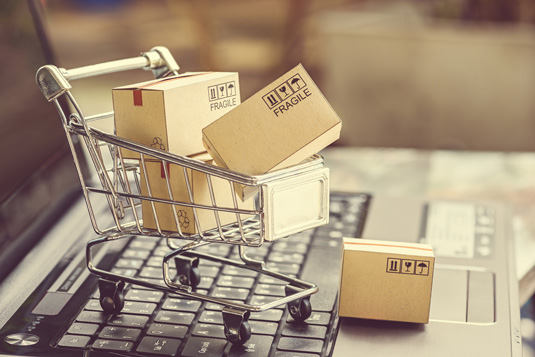 1%? 5%? 10%? When you’re measuring the success of your online marketing and your ecommerce store, what’s a good conversion rate?
1%? 5%? 10%? When you’re measuring the success of your online marketing and your ecommerce store, what’s a good conversion rate?
I was recently talking to an online store owner with a conversion rate of less than 1%--somewhere around .005. That means for every 2000 visits during a typical month, 10 people would make a purchase. Although conversion rates can obviously vary by industry and product type (we’ll talk more about that later in this post), I believe the website can do better.
How Do You Define an Ecommerce Conversion?
For the purpose of this post, we’re going to define ecommerce conversions as the percentage of visitors who actually make a purchase from your online store. The percentage of website visitors who add an item to their cart and those who make it to the checkout are also hugely important. After all, if you don’t get enough people in your sales funnel, they’ll never actually buy anything.
Where Does Your Website Traffic Come From?
First things first—your conversion rates will depend a lot on the type of products you’re selling and where your traffic is actually coming from.
If you’re selling bigger ticket items it might take longer for people to buy so your conversion rate could be lower than if you’re selling $10 t-shirts.
If you’re generating a lot of traffic from Facebook, Instagram, etc., people hitting your site might be window shopping and not have the same level of intent as those landing on your site from organic traffic or Google Shopping campaigns.
Google Analytics can be an incredibly powerful tool for understanding sources of website traffic. Even if you’re using ecommerce platforms such as Shopify or BigCommerce that already have quite a bit of reporting built in, the depth of information you can glean from Analytics is second to none.
Once you’re in Google Analytics, just click “Acquisition” and then “Overview” for a quick look at traffic sources.

What’s a Good Ecommerce Conversion Rate?
According to an article from BigCommerce, average ecommerce conversion rates are 1-2%. However, they suggest setting a 2%+ conversion rate as the baseline goal for your online store. And I completely agree. Why limit yourself to only 1%? Wouldn’t you like to generate as many conversions from your website as humanly possible?
Assuming you have a good product and visitors to your website didn’t land there by accident, every click means you have a chance to capture a sale.
How to Improve Your Ecommerce Conversion Rate
When an online store has a low conversion rate, the first thing I look at is the user experience. Here is a handy 5 question checklist to help you get started and improve your ecommerce conversion rate.
- Is the website easy to navigate? When you have too many items or your navigation isn’t intuitive, visitors typically bounce out.
- Does the website showcase the products and services in the best possible light? I can’t stress this enough. If you’re using a template, make sure the template is the right fit for what you have to offer. If you’re building a custom website, think about your design through the eyes of your target customer—what do they want to see?
- Do the product descriptions pull the reader in and elicit an emotional response? All too often, ecommerce stores mail it in by using the same product descriptions that can be found on similar products from competitors (or distributers if you’re dropshipping). That’s a big “NO NO!” Unique ecommerce product descriptions are hugely important for organic search and for your website visitors.
- Is the product photography interesting? Similar to product descriptions. If you don’t get your product photograph right, you’re going to have a really tough time capturing more conversions. Your product photography should capture your brand voice and your brand personality.
- Is it easy to make a purchase? Most of the major ecommerce platforms make this part really easy as they have a standard shopping cart functionality already built into their sites (ex. BigCommerce, Shopify, etc.). Regardless, you always want to make sure you ask for the minimal amount of information possible to make a purchase. For example, if you aren’t interested in sending out email newsletters or growing your email list, it might make sense to remove an automatic opt-in when shoppers complete an order. If you’re mainly targeting B2C shoppers, you probably don’t need to capture “business name” as part of their contact information.
Next Steps
Before you spend all of your time trying to increase Facebook likes or Instagram engagement for your online store, spend some time improving your ecommerce conversion rate. After all, none of the social media will matter if you’re not able to get people to buy. Don’t settle for anything under 1%. Swing for the fences! You can (and should) do better.

Customer Engagement
Updated June 23, 2020 • 3 minute read
Where are your phone leads coming from? Do you know? Whether you're placing an ad in a local newspaper or promoting your business on Facebook, it’s not always clear where your leads are coming from--making it impossible to maximize your ad spend.
Table of Contents:
Ask “How Did You Hear About Us?”
One of the simplest and most cost-effective ways to get a sense of where any new leads and calls are coming from. When you’re speaking with callers, look for an opportunity to ask them how they heard about you.
You can create a quick checklist in Excel to track responses. One potential drawback—customers don’t always remember where they found you. They might group a Facebook ad and googling your business into “online” which ultimately won’t be of as much value of knowing exactly how they found you.
Call Tracking Software
For as little as $19 per month, you can use call tracking software such as CallTrackingMetrics. Instead of having to ask (and possibly annoy) every new customer and caller, with call tracking software you can quickly and easily track calls from every one of your marketing campaigns by creating custom phone numbers that are unique to each campaign.
Beyond the conversion data which is already worth its wait in gold, the other great thing about call tracking software is the ability to listen to calls—helping you identify opportunities to improve customer service.
Call Extensions in Google Ads
Similar to call tracking software, Google Ads call extensions allow you to include a forwarding number on your website and a call extension in your ads so you’re able to draw a direct line between Google Ads conversions and actual phone calls to your business.
You can even set the duration of the call based on when you consider it a lead (ex. 30 seconds, 60 seconds, etc.)
Click-to-Call Buttons
If you’re advertising on Facebook, consider experimenting with a click-to-call button as your primary call-to-action for your social ad. This is especially great when you’re trying to reach mobile shoppers.
Although your cost-per-click and cost-per-conversion will likely be higher than a post focused on engagement and social shares, anyone clicking on the call button has more intent on taking the desired action—in this case a phone call.
Tracking Phone Call Leads from Social Media
Whatever method you choose, it’s crucially important for you to be able to track any and all phone call leads. Once you have an accurate idea of where your calls are coming from, you’ll have a more complete look at your marketing campaign performance and can focus your budget on the channels that are generating the most calls.
As a disclaimer, I use affiliate links for some of the products listed. They are all products I absolutely love and trust and would recommend regardless of whether they have an affiliate program.

Congratulations! You’re getting ready to launch your new ecommerce website. But before you do, you’ll want to make sure you’re positioned for success and able to capture the most online sales right out of the gate. The good news is you don’t have to be a web designer or html expert to capitalize on quick wins.
Simplify Your Shopping Cart
The last thing anyone wants to do is create another new online account and keep track of another password just so they can place an order. Distill your ordering process down as much as possible.
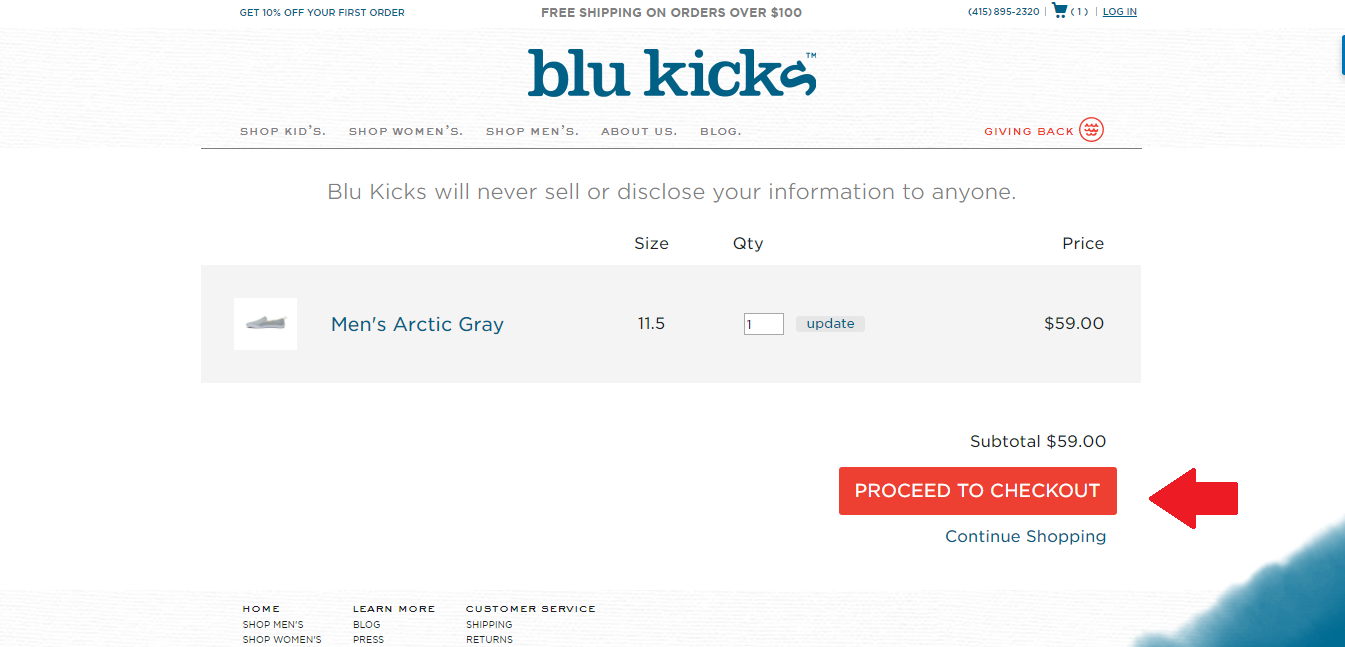
Your goal is to make it incredibly quick and easy for shoppers to add an item into their cart and checkout. That’s all. Any unnecessary and potentially annoying steps should be eliminated. That's one of the biggest benefits of using small business ecommerce plaforms like Shopify or BigCommerce.
Simplify Your Website Navigation
What are the most important pages you want people to visit the moment they land on your website? In what order? Those two questions should drive your decision making around what to include in your website navigation. You’re never going to be able to include every possible link or page (nor should you) so it’s up to you to prioritize what makes the cut.
Overly generic options such as “products” or “services” generally fall short when it comes to reinforcing the core focus areas/offerings of your business. Including too many items can make it difficult website visitors to quickly find what they’re looking for, causing them to leave before they have a chance to make a purchase. This is often the case when your website navigation rolls over onto a second line.
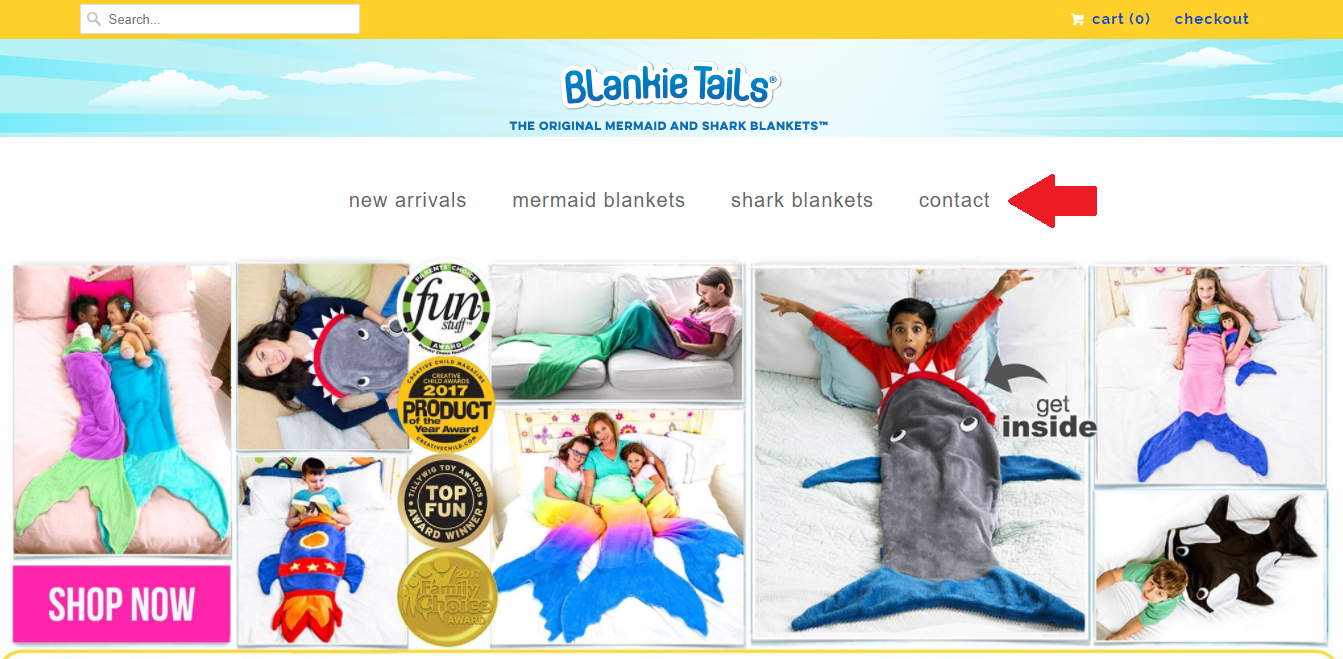
Generally your top-level website navigation will contain 3-7 broad buckets with 5 typically being the sweet spot.
“Home” is Where the Outdated Website Navigation Is
One last tip on simplify9ing your website navigation—consider removing “Home” as an option. Although it was common on older websites, today it’s usually totally unnecessary. Most new website designs/templates include a linkable logo area in the header that sends visitors back to the homepage and that’s all you really need.
Review Your Desired Path to Purchase
This is where it can be really easy to miss the big picture. Because you’ve spent weeks and often months on granular details, it’s hard to take a step back and look at your website through the eyes of a customer. Start with your homepage and make note of where you find yourself being drawn based on visuals, content, and overall design and then compare that to where you actually want new visitors to go.
Every page should have a clear visual hierarchy that helps guide people one step closer to making a purchase. This includes your images, content, calls-to-action (ex. “Shop Now”), and internal links to relevant pages. For example, if you mention a product or service on an “about” page, it might make sense to link directly to that area of the website. Or if you include product thumbnails or sliders on your homepage, make sure they’re linked to relevant pages that can provide helpful information and/or answer their questions.
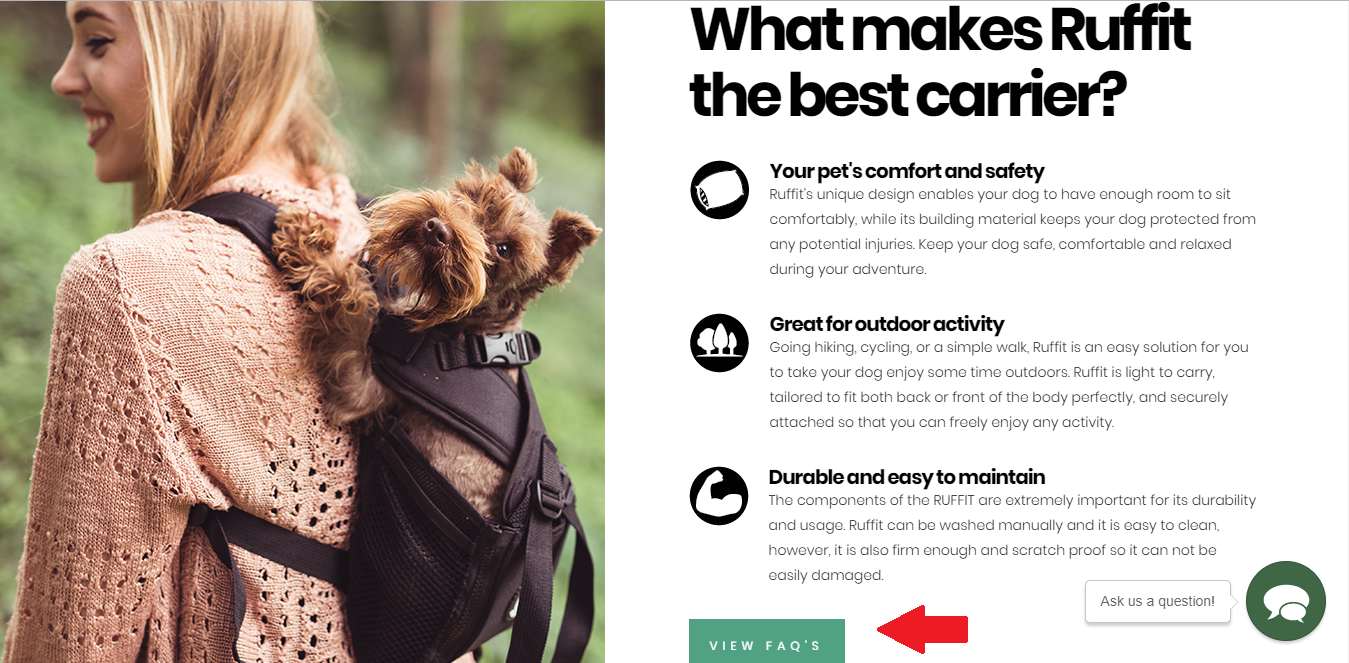
Revisit your website on desktop and mobile views. Just because everything looks great on your laptop doesn’t mean that the same page won’t look overly text heavy on a smartphone. Once you go live, you’ll also want to periodically check Google Analytics to see if there are any differences between mobile traffic and desktop traffic—insights you can use to identify specific areas of improvement going forward.
Craft Unique Ecommerce Product Descriptions
If your product descriptions sound like everyone else, there’s no way you’re going to beat out your competition—especially if shoppers can find similar products on Amazon. Although writing ecommerce product descriptions can take some time to create, when it comes to ecommerce websites the effort is almost always more than worth it.
The content you include can help improve your online visibility and SEO. As a result, you want to think strategically about your product titles, keywords, and overall content.
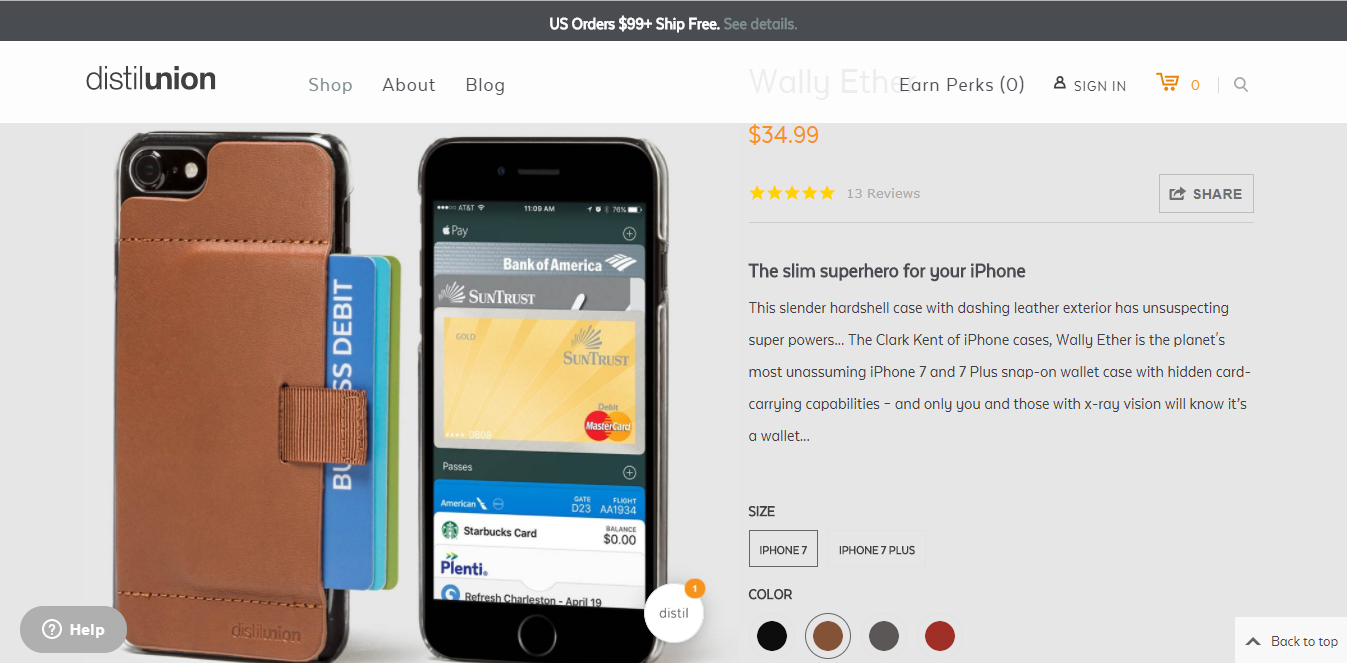
Beyond the potential to drive more website traffic, product descriptions also can pull shoppers in and get them excited about your products. Leverage your unique brand voice (what and how you would describe your products to a customer when you’re face-to-face) as you create each product description. Don’t be afraid to have some fun with it.
After Your Website Launch
Review sales figures and website traffic over a 30 day period to see if anything jumps out. Once you establish a few baselines, you can start to experiment with your navigation, calls-to-action, and product descriptions to see if you can squeeze even more conversions out of your website by making a few quick and simple tweaks.
As a disclaimer, I use affiliate links for some of the products listed. They are all products I absolutely love and trust and would recommend regardless of whether they have an affiliate program.
[Image: Matthew Henry and Burst]

Why is your product or service worth X amount of dollars? How would that answer differ if you asked current or prospective customers?
There are an infinite number of choices out there. No matter how narrow your niche or specialized your offerings are, there’s a pretty good chance you are competing for the attention spans of your target audience along with countless other competitors. All the time.
Why should customers buy from you?
It all comes down to value and your ability to articulate that value to consumers. I’m not talking about deep discounts or everyday low pricing—in fact far from it. There’s a reason why people are willing to spend $100,000+ on an S-Class Mercedes when they can choose between hundreds of other less expensive cars or pay a premium to buy their groceries at Whole Foods.
Brand Value Transcends Price
Whether you spent 2 minutes, 2 hours, or 2 years bringing an idea to life, you can’t automatically assume that customers are going to appreciate the true value of what you have to offer. That’s one of the things the world's most valuable brands—brands like Apple, Disney, and Amazon really have figured out—they are able to align the things their customers value the most with the value of their offerings.
I’m talking about capturing the essence of what makes their products and service truly unique and communicating that essence consistently with their messaging, positioning, and their brands.
Brand Value Transcends Products
Don’t get me wrong, you have to have a great product. If not, it’s going to be very hard to convince customers to give up their hard earned cash to buy whatever it is you’re selling. And even if they do, there is a pretty good chance they’re going to be very price conscious since they won’t have ways to differentiate your products or services from other like businesses.
But beyond the product, it’s really about the customer experience—packaging, product design, features, and the ability to address their need better than all of the other options they might be considering.
Articulating Value to Your Customers
- Be objective. You’ve got to have a thorough understanding of how your products or services are different from those of your competitors. Is it your design? Your attention to detail? Quality standards? Customer service?
- Get specific. Trying to communicate value by saying you offer a “quality” product probably won’t be enough. In most cases, that’s assumed. You have to take it further. Dig until you find those 2-3 core things that make your offerings unique.
- Once you understand your value proposition, think about how you can educate current and prospective customers with your messaging. What would you like them to know? What is going to be most important to them? Why should they get really excited about your latest product offering? How will it help them fulfill and make something better in their lives?
The higher the price for your products and services, the greater the need for alignment between the values of your customers and the value you’re bringing to the table.
Back to the Mercedes example, customers expect impeccable design, world-class performance, and incredible craftsmanship.
That’s what’s important to them. That’s what they value. And that’s what they’re paying for.
[Image: Flickr user col_adamson]
More Entries »
 Prospective customers can’t buy from you when they don’t even know you exist. Increasing brand awareness expands your reach, makes marketing campaigns more effective, and helps you grow your small business.
Prospective customers can’t buy from you when they don’t even know you exist. Increasing brand awareness expands your reach, makes marketing campaigns more effective, and helps you grow your small business. 1%? 5%? 10%? When you’re measuring the success of your online marketing and your ecommerce store, what’s a good conversion rate?
1%? 5%? 10%? When you’re measuring the success of your online marketing and your ecommerce store, what’s a good conversion rate?







